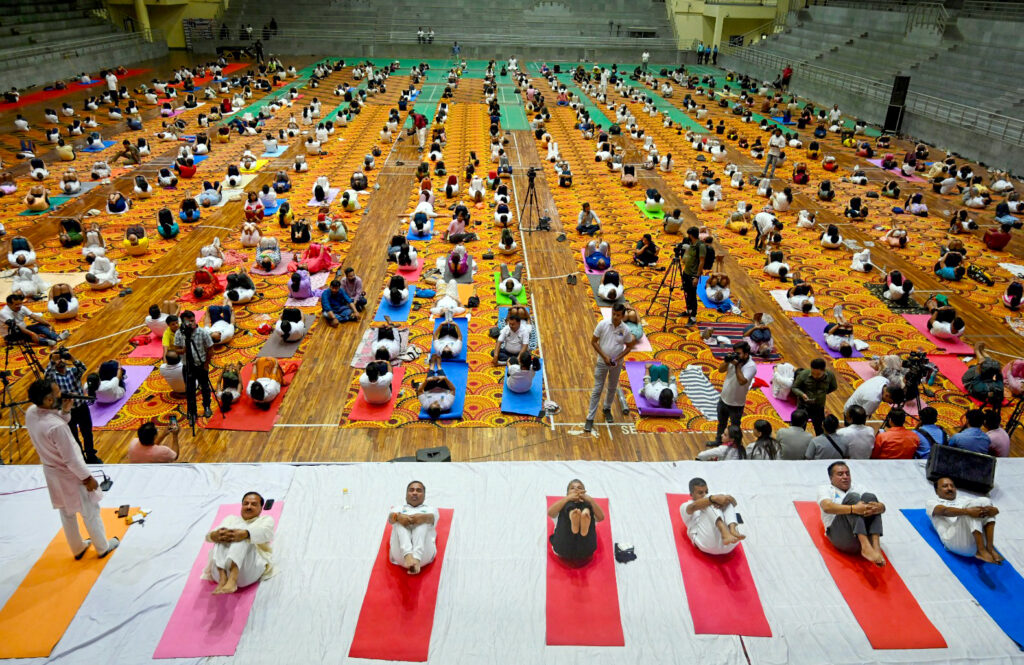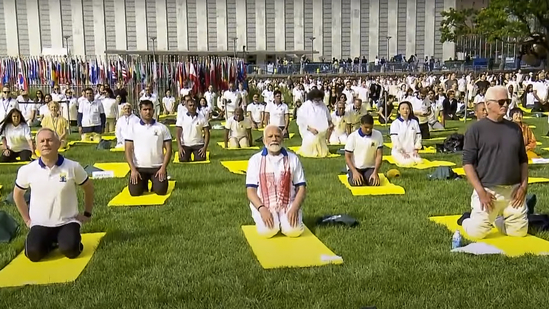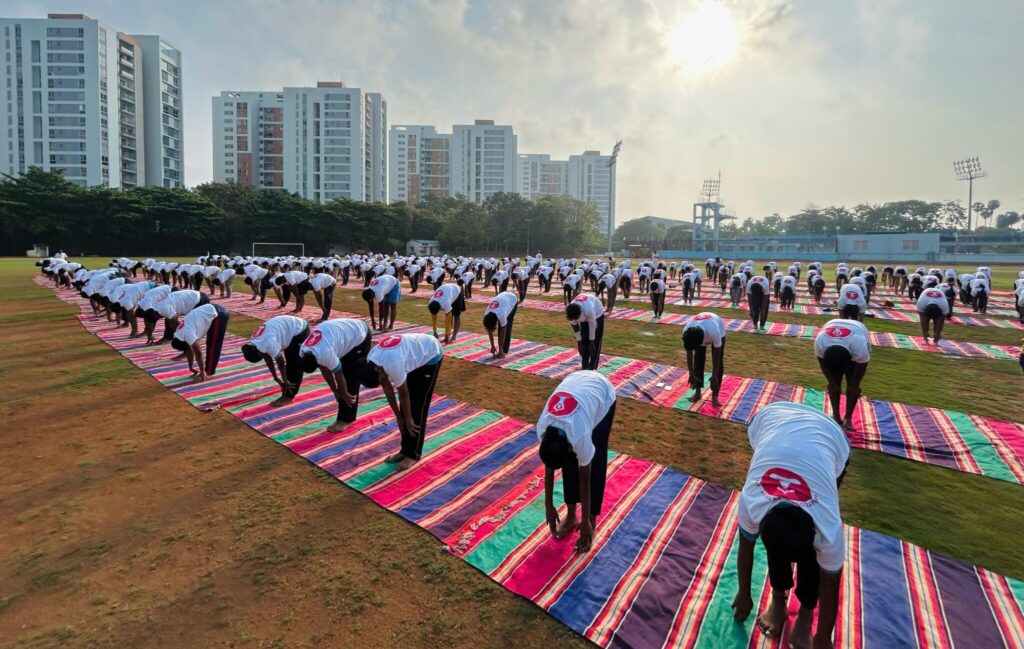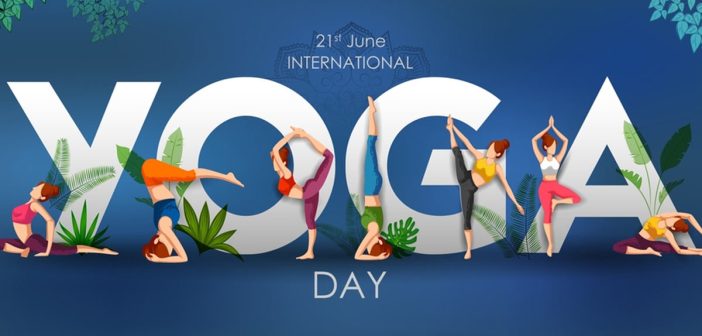By – Aditya Shrivastava
As the world celebrates International Yoga Day 2025, the global influence of India’s ancient practice has never been stronger. From the United States to Europe, Asia to Africa, Indian yoga teachers are increasingly in demand, and Prime Minister Narendra Modi’s visionary initiative to promote yoga globally is now bearing remarkable fruit—both culturally and economically.
A Vision That Redefined Global Wellness
It all began when Prime Minister Modi, during his address at the 69th session of the United Nations General Assembly, proposed the idea of International Yoga Day. The resolution saw unprecedented support from all 193 UN member states, leading to the declaration of June 21 as International Yoga Day. The first global celebration was held in 2015, and since then, the world’s interest in yoga has grown exponentially.
This surge has opened international doors for Indian yoga instructors, turning them into global ambassadors of wellness. Today, Indian yoga trainers are teaching in countries like the United States, United Kingdom, Japan, Australia, Hungary, Bulgaria, Spain, and several African nations, earning substantial incomes and building bridges between cultures.

The Rise of IFYP and the ‘Dollar Rain’ on Indian Yoga Trainers
A key driver in this movement is the International Federation of Yoga Professionals (IFYP), founded by Sadanand, an engineer from GAIL (Gas Authority of India Ltd.) in Uttar Pradesh’s Auraiya district. Inspired by his mother’s struggle with arthritis in 2003, Sadanand started gathering people with basic yoga knowledge and organizing small workshops. Despite early financial hardships—including operating without a permanent office—he persisted.
By 2016, IFYP was formally registered following a recommendation from India’s AYUSH Ministry. It now trains yoga instructors across India and helps them meet international standards and visa protocols for countries abroad. To date, over 350 yoga instructors have traveled abroad through IFYP, with more than 50 selected in the most recent batch.
A New Journey for Swati Kumari
Swati Kumari, an IFYP-trained yoga teacher, is preparing to fly to Atlanta, USA, to begin her teaching journey. “Yoga was just physical exercise for me initially,” she recalls. “But as I explored deeper, I understood its philosophical dimensions—through Patanjali’s Sutras, Sankhya philosophy, and meditation practices.”
Swati has led yoga camps, conducted workshops, and worked with corporate groups and schools. Recently, she was selected through the Indian Council for Cultural Relations (ICCR) to represent India overseas. “This is a matter of pride and responsibility,” she says. “Sharing India’s spiritual heritage abroad is a dream come true.”

Indian Government’s Support: ICCR and MEA Play a Crucial Role
Most Indian yoga teachers sent abroad are facilitated through ICCR and the Ministry of External Affairs (MEA). Teachers undergo a rigorous selection process that includes interviews and qualification verification. Proficiency in English and Sanskrit is a significant advantage.
Indian yoga instructors are currently posted in countries such as:
- Republic of Korea (Seoul): Soma Dutta
- Bahrain: Rudrish Kumar Singh
- Seychelles: Lalita Sancheti
- USA: Angela Majrekar
- Papua New Guinea: Ajit Singh Ahlawat
- Nepal: Sanjay Mache and P.P. Krishnan
- Hungary: Ankita Sood
Many of them are earning ₹2 to ₹2.5 lakh per month and are offered long-term contracts of up to two years. Some even receive extensions based on performance and demand.
38,000+ Trainers and a Vision for Every Indian Village
With over 38,000 yoga professionals trained or associated with IFYP to date, the goal is now to place at least one yoga teacher in every Indian village, city, school, and corporate office. Sadanand emphasizes the holistic health benefits of yoga, particularly its impact on mental well-being.
“We’re not just training teachers—we’re building a global movement,” he says. “And today, students, doctors, professors, and even MNC professionals are joining us.”
IFYP has partnerships across states like Punjab, UP, Rajasthan, Gujarat, Maharashtra, Tamil Nadu, and Kerala, placing yoga instructors in hospitals, schools, and corporates. It also regularly collaborates with central government ministries to conduct wellness programs.

The Post-2015 Boom and a Billion-Dollar Legacy
The turning point came in 2015 when yoga was brought under the global spotlight. As Sadanand puts it, “Before 2015, only those with strong connections could go abroad to teach yoga. Now, even a modest practitioner from a small town can get trained and fly abroad.”
India’s commitment to yoga as a soft power tool is paying dividends. Today, yoga is not only promoting physical and mental well-being, but also creating livelihoods, building cultural diplomacy, and boosting India’s global brand as the birthplace of holistic living.
Conclusion
As the world celebrates Yoga Day 2025, the ‘Dollar Rain’ on Indian yoga instructors is symbolic of something much bigger—a global acknowledgment of India’s ancient wisdom, now modernized and professionalized. Through visionary leadership, committed professionals, and international cooperation, yoga has indeed become India’s gift to the world—one deep breath at a time.

